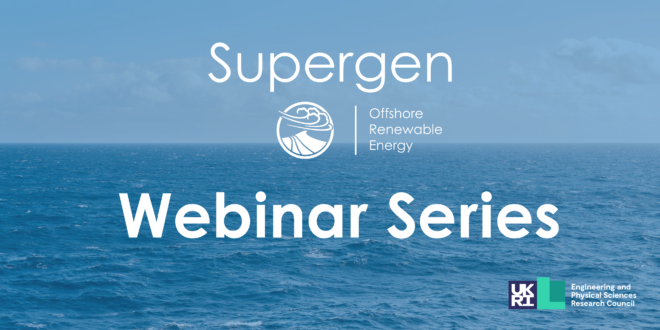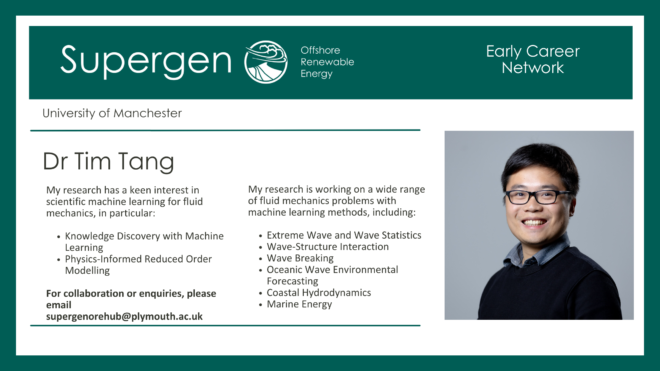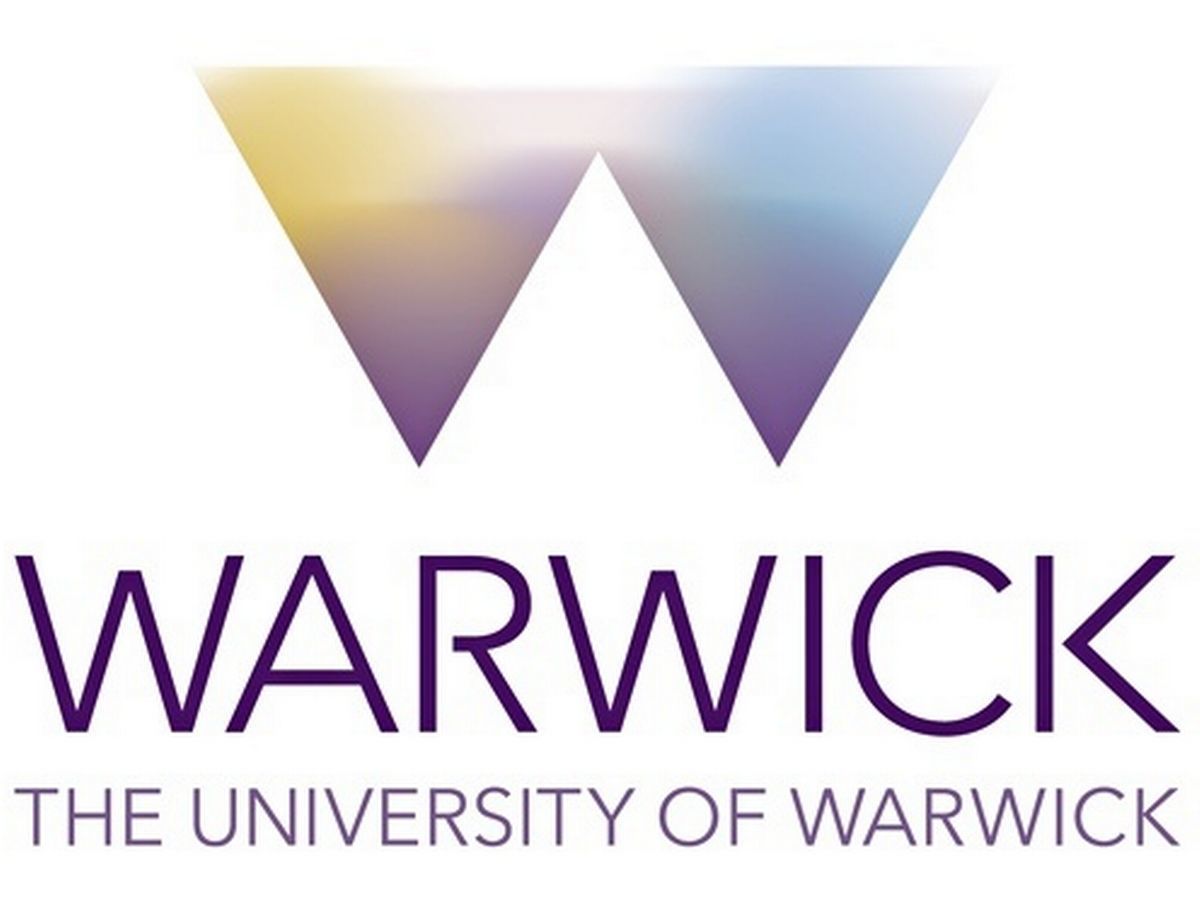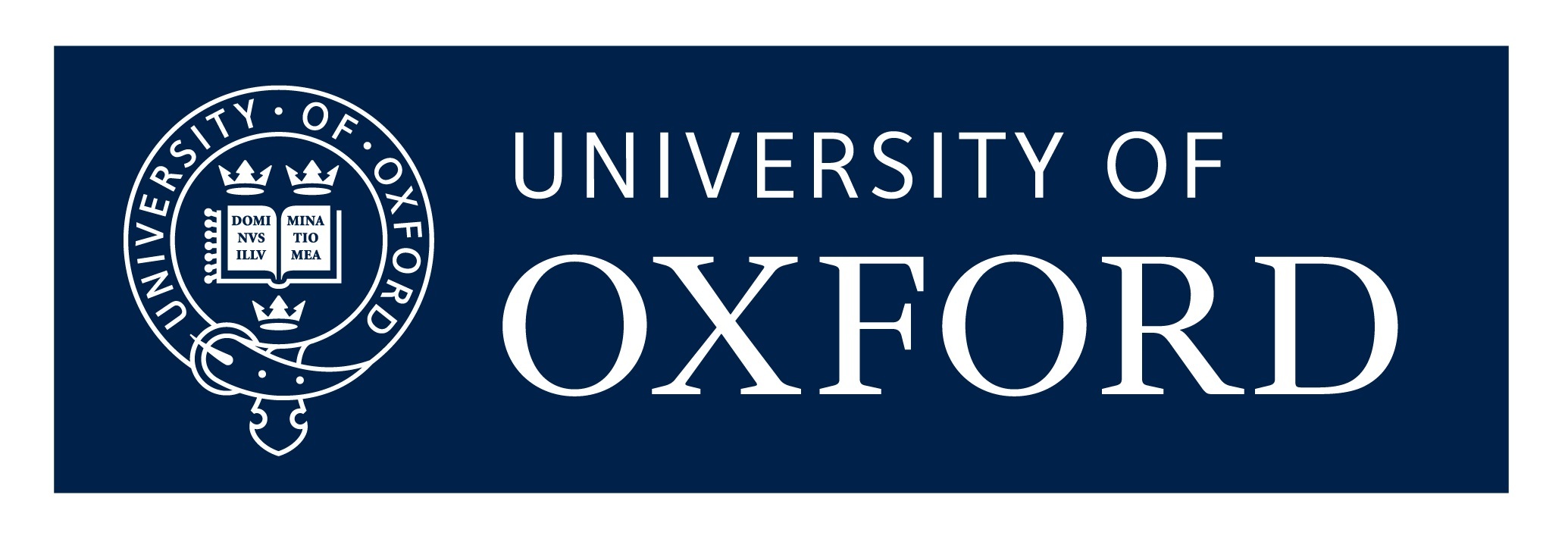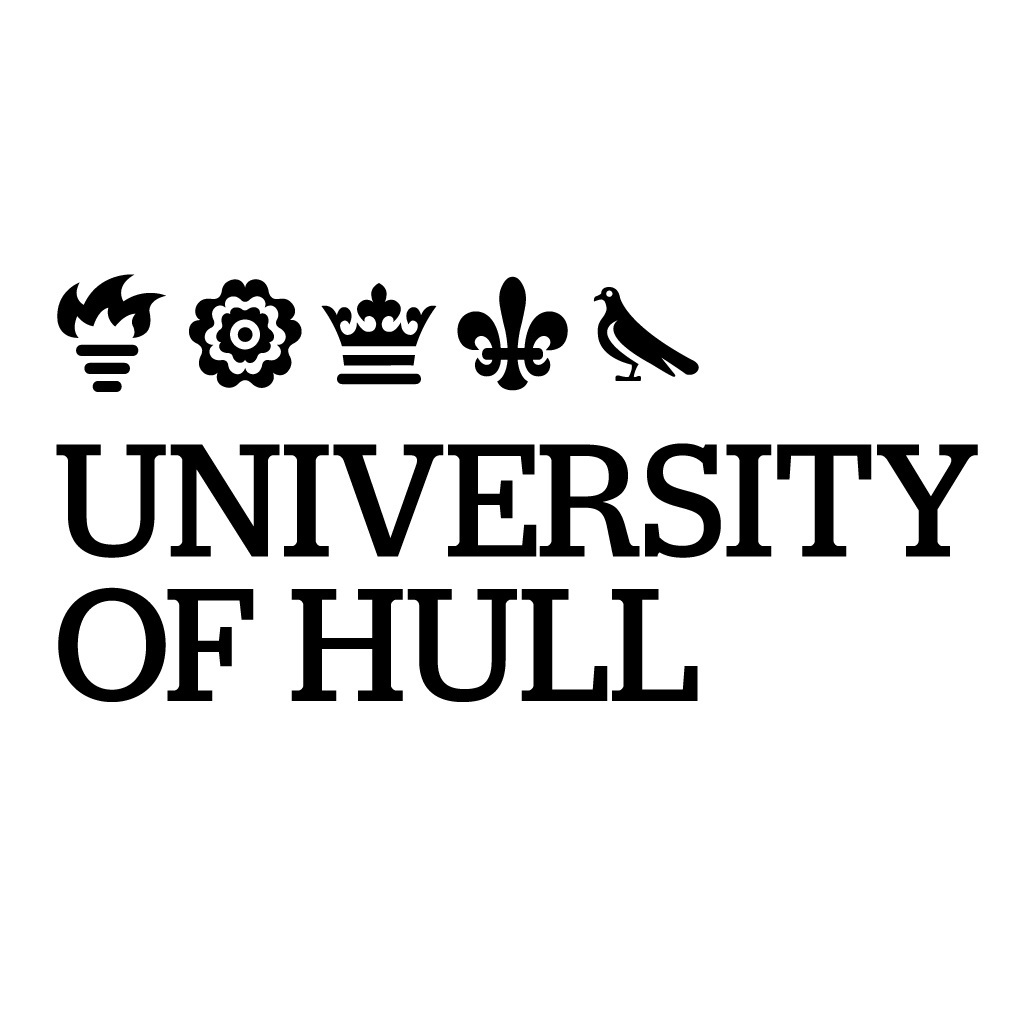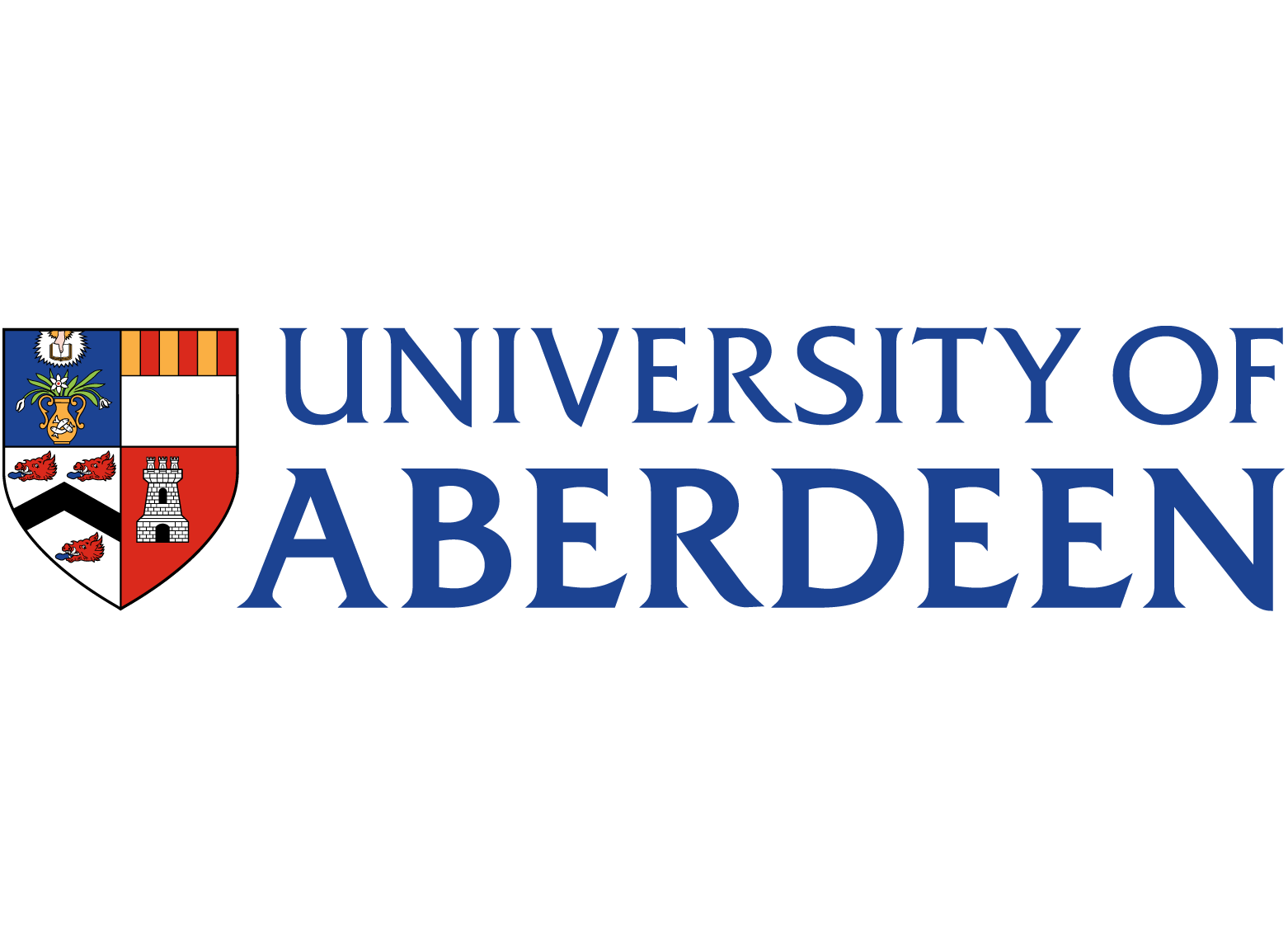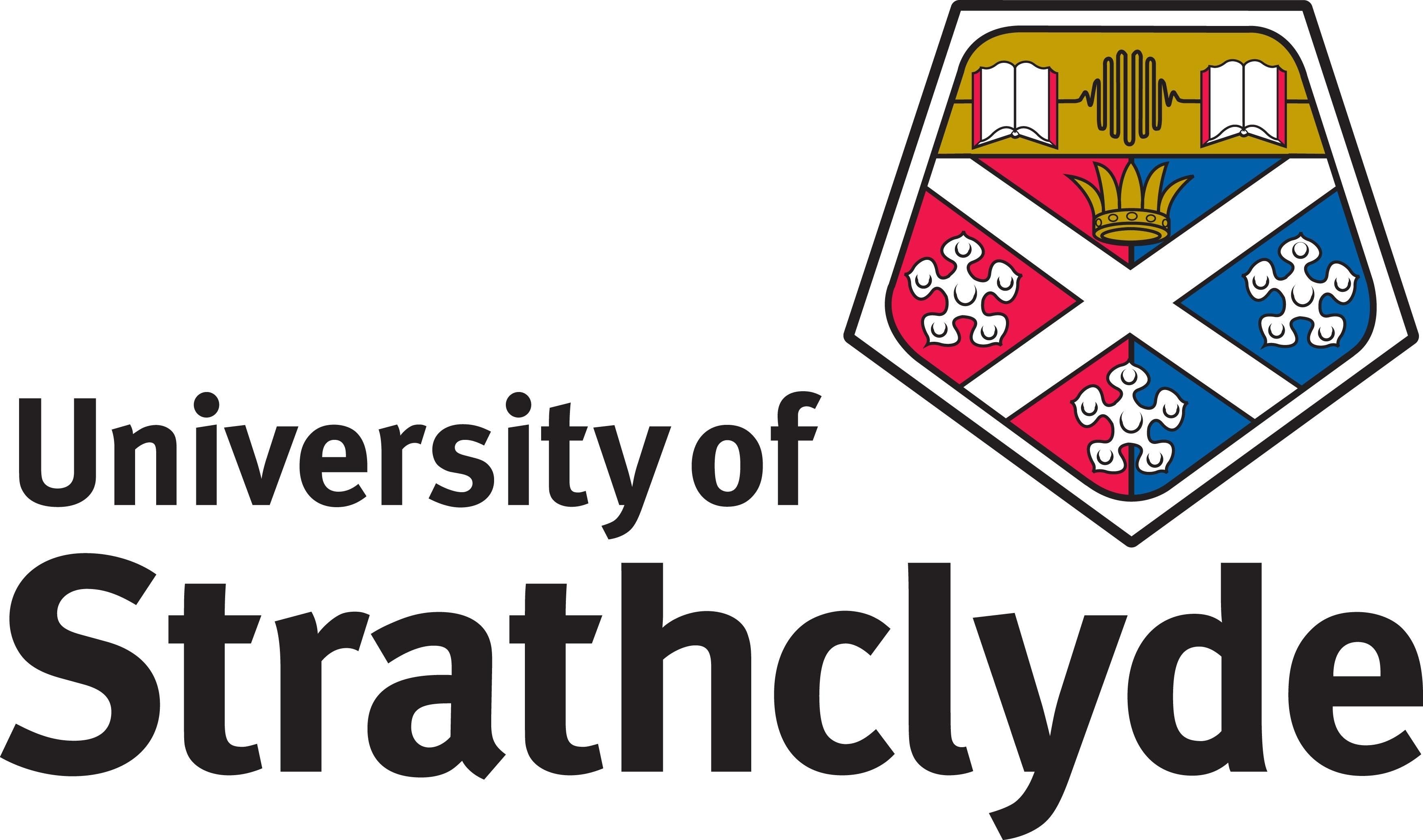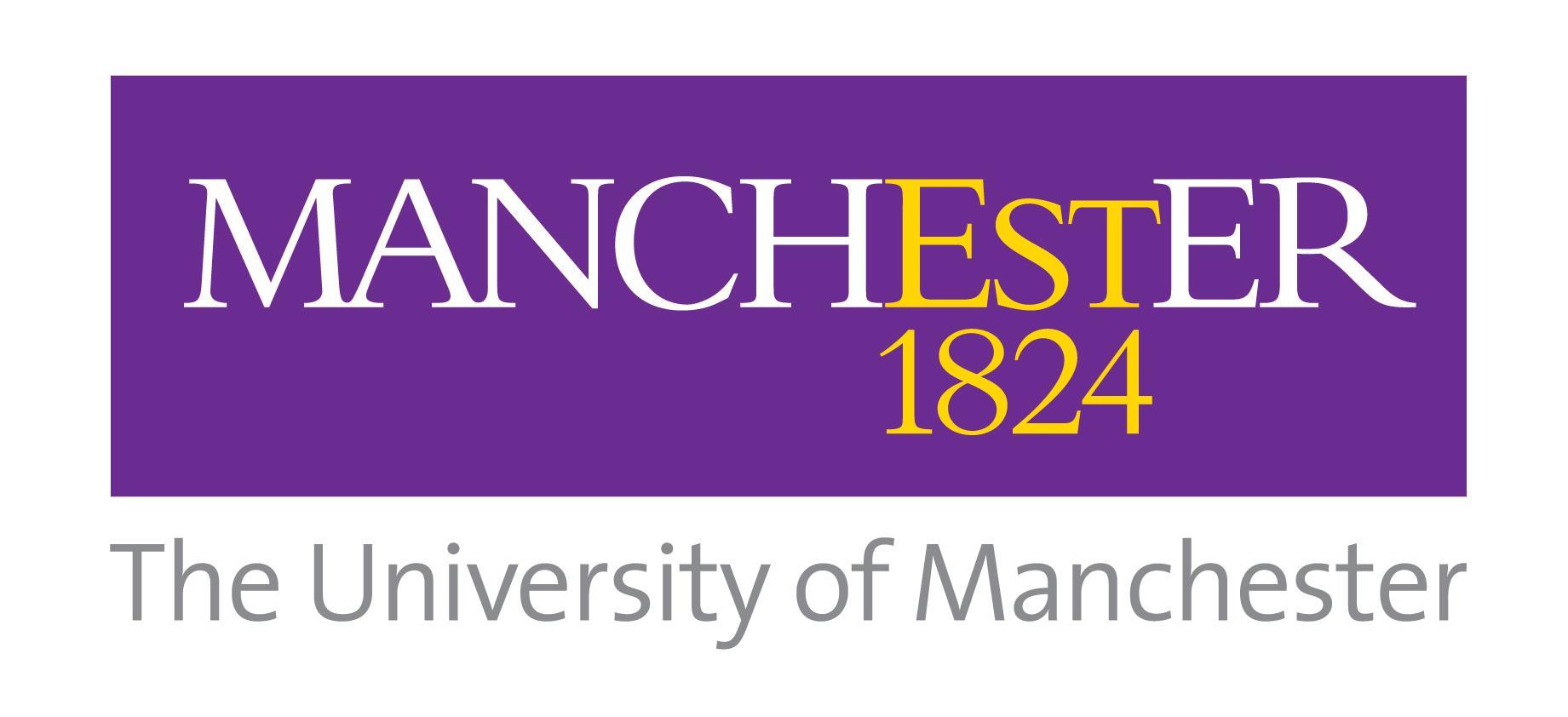About the project
Principal Investigator: Dr Thomas Davey
Offshore energy generation via fixed foundation wind turbines is well established, with almost 14GW of installed capacity in UK waters in 2022. However, floating foundation turbines are yet to be widely installed in a commercial context, with only a handful of pre-commercial prototypes operating worldwide. Therefore, research and development activities exploring the architecture and key characteristics of floating offshore wind turbines (FOWTs) represent an active area of activity across industry and academia.
Within this ongoing development activity, physical model testing in wave basins and towing tanks is an important tool, supporting studies on seakeeping and station keeping in particular. It brings some unique challenges relative to other ORE technologies in terms of the large physical model sizes and challenging coupled hydrodynamic-aerodynamic behaviours. The three laboratories in this proposal (Plymouth COAST, Strathclyde KHL, and Edinburgh FloWave) have all conducted multiple test programmes on FOWT technologies and have explored new experimental approaches, to varying levels of complexity, to address the challenges of the sector. These take the form of sub-physical (i.e. hybrid software-in-the-loop) methods. These approaches differ in implementation between the three facilities, leading to the potential for increased uncertainty. It is also interesting to note that the level of standardisation and specific tank testing guidance for the FOWT sector lags behind other ORE sectors despite the disparity in investment and near-term deployment plans. The IEC committee for marine energy (TC-114) was established in 2007 and has produced guidance for the testing of both wave and tidal energy converters. No direct equivalent exists to guide the testing and development pathway of floating offshore wind.
This project proposes to work with industry to ensure that testing tools are developed in a way that are appropriate for certification bodies, and similar, operating in the sector. At its core this project will explore FOWT specific testing tools, primarily the application of aerodynamic loads in a hydrodynamic testing laboratory, and the replication of appropriate environmental conditions (i.e. sea states and wind conditions) to provide a benchmarked set of test data and appraised tool to accelerate the development pathway for FOWTs and associated laboratory techniques.
This project has been co-funded with the ORE Catapult Floating Offshore Wind Centre of Excellence.
